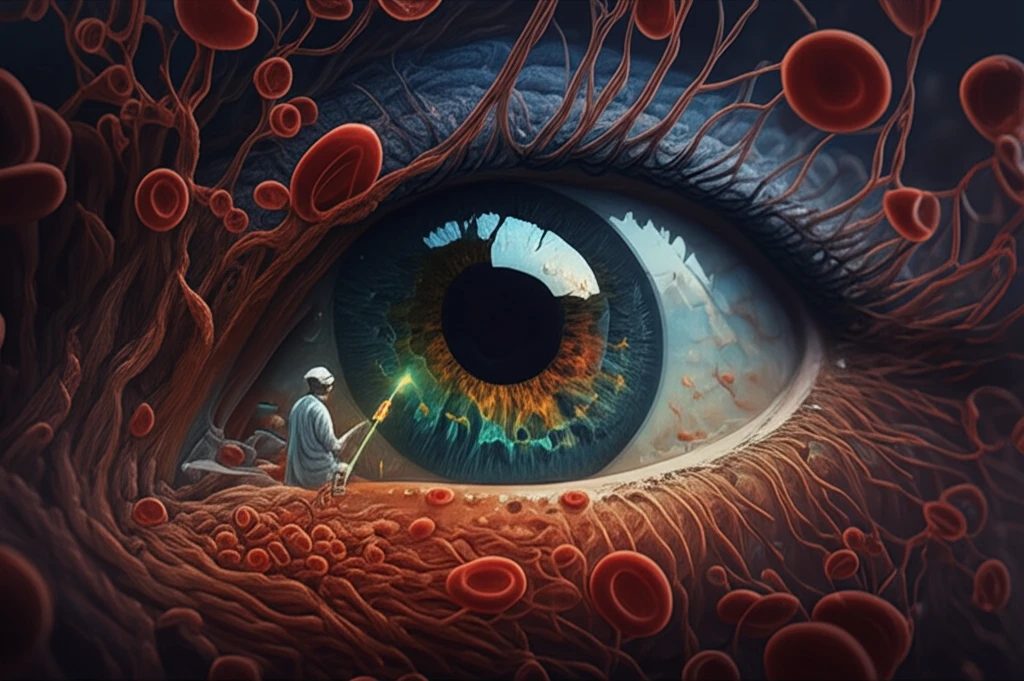
New Hope for Vision: Novel Angiogenesis Inhibitors Show Promise
"Targeting Blood Vessel Growth Could Revolutionize Treatment for Diabetic Retinopathy and More"
Nature is a treasure trove of bioactive compounds, each with unique structural properties. Some are ready-made for drug development, while others require significant modification to become viable therapeutic agents. This is especially true when addressing complex diseases where current treatments fall short.
A recent study highlights this challenge and opportunity, focusing on wondonins, unique marine alkaloids with promising anti-angiogenic properties. Angiogenesis, the formation of new blood vessels from existing ones, plays a critical role in both normal and disease states. While essential for processes like wound healing, it also drives the progression of diseases like diabetic retinopathy and cancer.
The research team recognized the potential of wondonins but aimed to overcome their inherent limitations – chemical instability and synthetic complexity. Their innovative approach involved structurally transforming wondonins into more stable and accessible compounds, ultimately leading to the discovery of new, drug-like scaffolds with enhanced therapeutic potential.
Transforming Wondonins: A New Approach to Angiogenesis Inhibition

The researchers embarked on a mission to redesign the wondonin structure, focusing on enhancing its drug-like properties while retaining its anti-angiogenic activity. Their strategy centered on bioisosterism, replacing key structural components with alternatives that maintain similar biological activity but offer improved stability and ease of synthesis.
- Bioisosteric Replacement: Replacing unstable groups with more stable, similar-acting structures.
- Enhanced Activity: The new scaffold showed better anti-angiogenic effects.
- Reduced Cytotoxicity: Minimized harm to healthy cells.
- In Vivo Efficacy: Demonstrated effectiveness in a diabetic retinopathy model.
Future Directions: Unlocking the Potential of New Angiogenesis Inhibitors
While this research marks a significant step forward, further investigation is needed to fully understand the mechanisms of action and optimize the therapeutic potential of these new compounds. Ongoing studies are focused on identifying the specific molecular targets of the lead compound and exploring the structure-activity relationship within this class of compounds. The ultimate goal is to develop safe and effective treatments for a wide range of angiogenesis-related diseases, offering new hope for patients with conditions like diabetic retinopathy and cancer.
